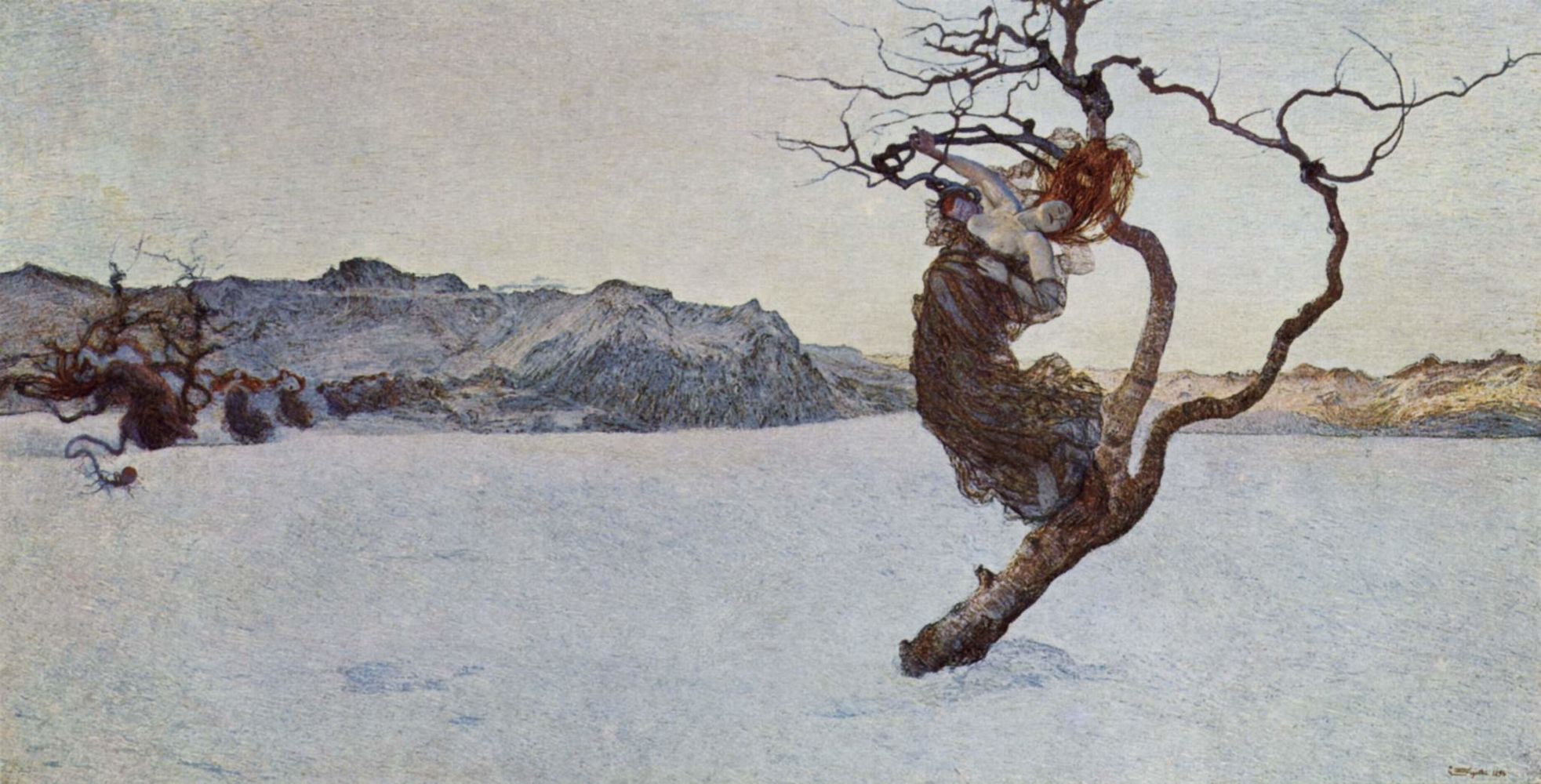Guy Cogeval interview
Meet Guy Cogeval, director of the Musée d'Orsay*
"The most beautiful 19th-century collection in the world"
By Fiona Scott Lazareff
9 Jan. 2015
"We are a national museum, like the Louvre or the Centre Pompidou, so we have to find more or less 70 % of our budget from the private sector", says Guy Cogeval, who has been director since 2008. With a fabulous collection of Impressionists and Post Impressionists, which Cogeval describes as "the most beautiful 19th-century collection in the world", and up to three temporary exhibitions running at a time, the money is evidently flowing in.

But there's more to it than exhibitions alone: "We have a great tradition of exchanging work, we make over 2,000 loans a year free of charge to museums, not only in France but throughout the world" says Cogeval. "Apart from these loans which are free of charge we organise, in partnership with other museums, exhibitions made up solely of our works” which bring in substantial revenues each year. "We have more and more contact with countries like Singapore, Brazil, and this is a very good source of revenue. For example, we now do two exhibitions a year in Korea."
Nearly all the Impressionist work is on show and, as a national institution, the d'Orsay is not allowed to sell anything. On the contrary, each year 16% of the proceeds from ticket sales to the permanent collection goes into a fund for new works. Cogeval's eyes light up as he explains the big "en plus": that he is currently negotiating the donation of a number of fabulous Impressionist works from a collector, who bought them in Paris and then shipped them abroad. If all goes to plan they will once again be back in Paris.
As President and Director of the Musée d'Orsay, and Chairman of the board, Cogeval is personally involved in almost all day-to-day management. There is, of course, the administrative role: primarily maximizing revenues and making sure that the public is well received. But, as an art historian, he oversees the permanent collection: not just paintings, but also decorative art, sculpture, architecture and drawings. And, along with several curators, he also chooses the annual additions to the permanent collection. Above all, he decides on the temporary exhibitions. Last year's highly successful Van Gogh/Artaud and the Masculin, Masculin exhibitions were very much his personal choice: "It's an enormous amount of work, but I love it. I hang the exhibitions too." he adds.
His objective, he says, "is to show the French public that our collection is as beautiful as any American collection, and more important because it is much more complete, with around 60,000 photos, 75,000 paintings, 500 pastels. Moreover, I want to do something different to what is being done in other museums. For example, in Van Gogh/Artaud, the balance between the works wasn't an obvious one. The public was expecting 10 to 12 Van Goghs and the remainder Artaud, so they were surprised to see 50 of Van Gogh's works, which were very difficult to obtain, even for the Musée d'Orsay."
Shortly after Cogeval took the helm of the museum, he undertook important works that have transformed the space both physically and visually. The layout of the ground floor was radically changed to give way to a gallery devoted to sculpture, another to the Symbolists, as well as a space dedicated to temporary exhibitions. The rooms devoted to the “Academic Painters” were painted red, as they were in the 19th century. The Pavillon Amont was created, being reorganised into five floors. "The second, third and fourth floor are now devoted to the international European Decorative Arts of the 1900s."
Jean-Michel Wimotte was responsible for the renovation of the fifth floor, which included the Galerie des Impressionnistes along with adjoining galleries dedicated to drawings and photography, and a gallery for temporary exhibitions, which is used for two or three events a year."I really enjoyed working with Jean Michel Wilmotte, who also renovated the Musée National d'Amsterdam. He transformed the 5th floor by insisting on grey walls. You can see the change. I wanted this to be brutal: it pushes the public to look at the works with more attention."
The renovation enabled Cogeval to almost double the number of annual visitors, going from 2 million in 2010 to four million in 2013, with Impressionisme et la mode (2012-2013) alone attracting almost 500,000 visitors. Robert Carson, the Canadian opera and stage director who lives in Paris, was awarded the job of metteur-en-scène.
Cogeval lists his biggest achievements as the exhibition Hitchcock et l’Art, which he organised at the Centre Pompidou in 2001, and Il Etait une Fois Walt Disney at the Grand Palais in 2006. The Hitchcock exhibition displayed the works which inspired the legend himself: "He was very cultivated and used a lot of visual references, such as Rodin's sculptures. He lived at the end of the 19th century but took his children to see the Pre-Raphaelites. He loved painting and was a collector himself."
Giovanni Segantini, The Evil Mothers, 1894, Oil on canvas 105 x 200 cm © Belvedere, Vienna
"My favourite piece of art is Segantini's, The Evil Mothers (1894) - it's, without doubt, his finest work. Sadly it never leaves the Belvedere Gallery, so whenever I'm in Vienna, I head straight over there to see it."
* Mr. Cogeval was director of the Musée d'Orsay and Musée de l'Orangerie from 2008 to 2017.

